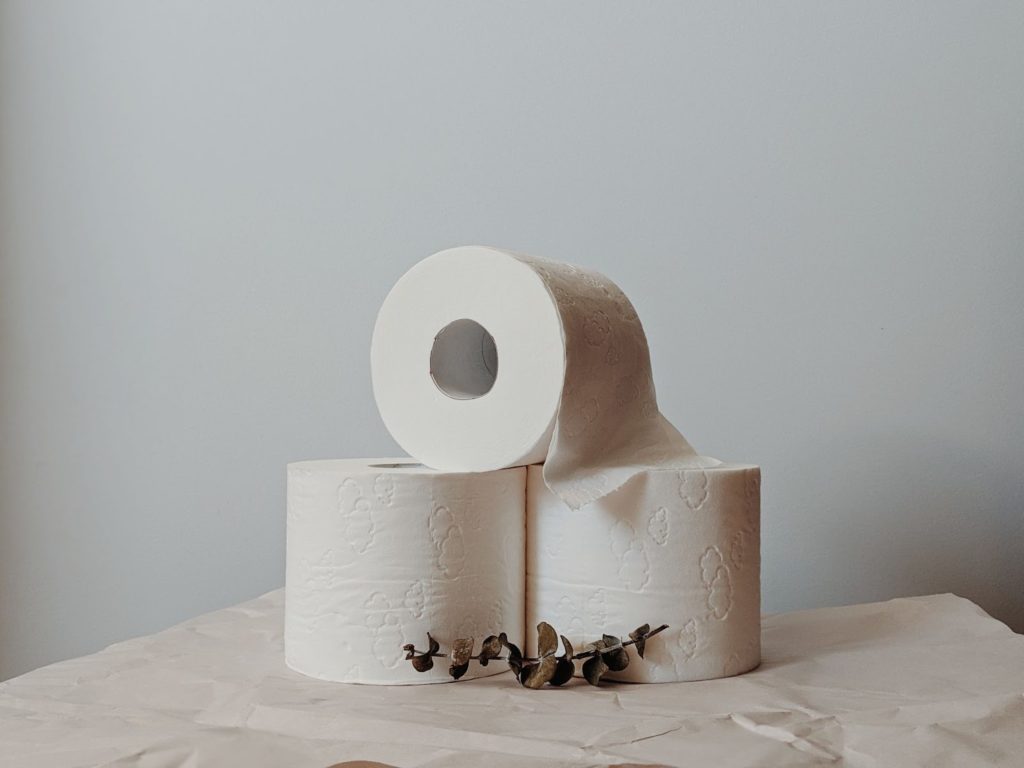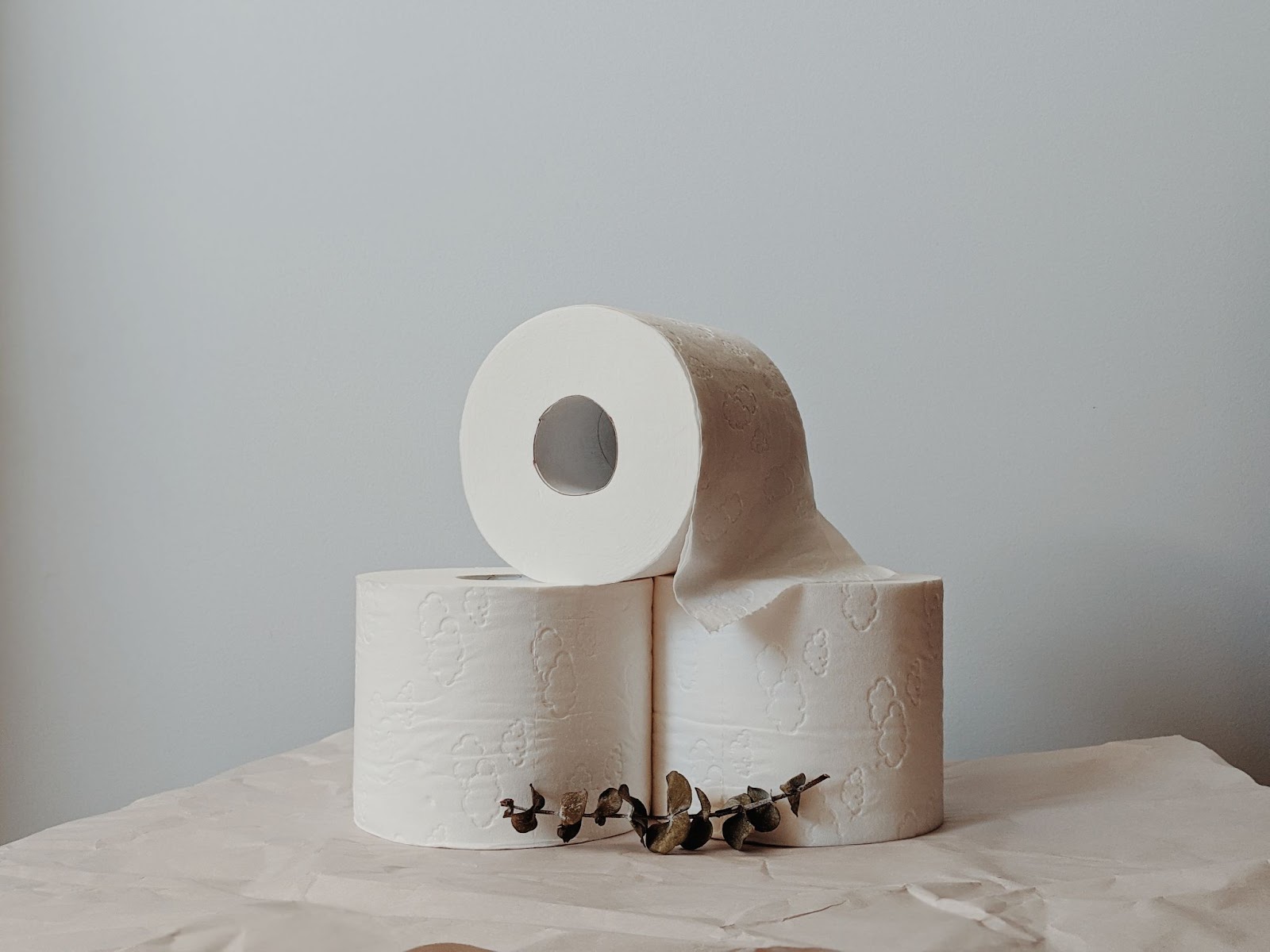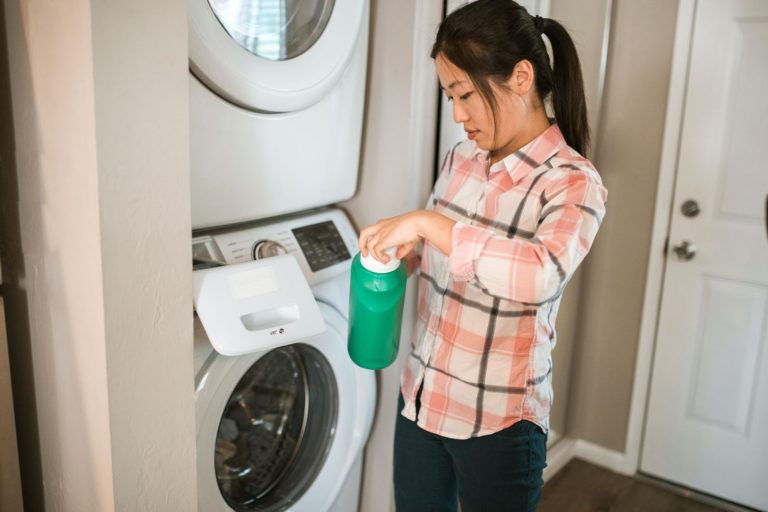The Best Eco-Friendly Toilet Paper to Start Using

In our fast-paced digital world, most of us barely have time to consider the eco-friendliness of everyday products before making a purchase. However, the impact these small decisions can have is much greater than you might think. And while toilet paper is not an everyday essential that people usually think about when it comes to sustainability, the number of trees cut down each year for its production is staggering.
Almost half of all toilet papers in the U.S. are made from trees harvested from the Northern White Cedar forests of Wisconsin and Minnesota. Moreover, even though it’s just a small piece of paper, it also ends up as one of the largest sources of waste from our bathrooms each day. If you want to reduce your impact on the environment while also saving money and reducing your monthly expenditures – switching to eco-friendly toilet paper is a great place to start!
Why is Eco-Friendly Toilet Paper Important?
While the impact of one product may not seem significant, when you consider the amount of toilet paper that the average person uses in their lifetime, it adds up. One roll of toilet paper, for instance, typically has about 800 sheets and is then thrown away.
If a person uses eight rolls a year, that amounts to 6,561 sheets per year, or over 6,500 pounds of waste by the time they reach the age of 80! Moreover, when that toilet paper is not sustainably sourced, it can also have a huge impact on the environment.
Trees, after all, are natural carbon sinks, meaning that they store carbon dioxide, which is a greenhouse gas that contributes to climate change. However, when the trees are harvested, they release all of the carbon they have stored, making it a significant contributor to global warming pollution.
Eco-friendly toilet paper considerations
- Toilet Paper Made From Bamboo: Bamboo is a sustainable option since it grows quickly (in months, not years) and requires less land than wood fibers. It reduces emissions by 30%. Bamboo isn’t created equal. Shoppers should buy bamboo items certified by the Forest Stewardship Council (FSC), a charity that assures the fibers were cultivated sustainably, no trees were damaged, and their procedures are chlorine-free. Some bamboo-based papermakers have sought but not yet acquired accreditation. All bamboo toilet paper above is FSC-certified unless otherwise specified.
- Recycled toilet paper: Major toilet paper makers have been sluggish to move away from virgin boreal forest pulp, although several new companies provide 100% recycled or post-consumer recycled toilet paper. Using post-consumer paper for toilet paper saves it from the landfill. FSC certified recycled and post-consumer recycled items, so look for that and the highest percentage.
- Chlorine-free, unbleached: In the last century, many procedures have been developed to whiten paper. Most were bleached with chlorine. 5% to 6% sodium hypochlorite is common laundry bleach. The chlorine in it is hazardous in aquatic (and terrestrial) conditions, and pulp-whitening concentrations are higher. Chlorine-free bleach is made of various chemicals, such as sodium percarbonate or sodium perborate (Borax), that oxidize or break down the color components in the pulp. Although better for the environment than chlorine, these compounds are bad for rivers. As a reproductive poison, the EU banned sodium perborate. Unbleached paper is preferable for any use, especially in intimate places. You’ll discover many chlorine-free bleached products until buyers acclimate to less-white products.
Seventh Generation’s Eco-Care Toilet Paper
This toilet paper from Seventh Generation is made from 100% recycled paper and is specially designed for sensitive skin. It comes in both single and double rolls, and the manufacturer claims that it is septic and sewer safe, making it a great choice for households with septic tanks.
The downside of this eco-friendly toilet paper, however, is that it can be a bit more expensive than standard toilet paper. Since it’s made from recycled materials, there is also a chance that it might contain some small amount of ink from other papers that were recycled into it.
Organic Natural Co.’s Certified Organic Toilet Paper
This certified organic toilet paper is made from 100% recycled paper, and while it’s not explicitly advertised as septic safe, the manufacturer does claim that it is safe for both septic and sewer systems.
This toilet paper is also available in both single and double rolls, and each roll contains 800 sheets, so it would last you approximately two months if you used it daily. The downside of this eco-friendly toilet paper is that it can be a bit more expensive than some other brands, and some reviewers have reported that it’s a bit thinner than other brands as well.
Bamboo TP Is an Environmentally Friendly Option
Bamboo is one of the most eco-friendly materials on the planet, and it’s often used in eco-friendly products, including toilet paper. This toilet paper is made from 100% bamboo fibers and is both biodegradable and septic safe.
The only issue with this eco-friendly toilet paper is that it can be a bit more expensive than standard toilet paper, and it is also thinner than most toilet paper, so it might not be best for people with sensitive skin.
Soap Organics Sustainable Toilet Paper Is Also Good for the Environment
This eco-friendly toilet paper is made from 100% recycled paper, and each roll contains 1,000 sheets. The manufacturer claims that it is also safe for septic and sewer systems, so you don’t have to worry about clogging your drainage pipes.
This toilet paper can also be found in both single and double-rolls, and while it is a bit more expensive than standard toilet paper, it’s also thicker, so it might be better for people with sensitive skin.
Betterway Toilet Paper
Betterway is one of the plushest, absorbent, and long-lasting brands among tree-free options. It doesn’t irritate sensitive skin and is hypoallergenic. You can thank its lack of chlorine, BPA, ink, smell, and dye for that.
Betterway gets its bamboo pulp from small, family-owned farms that harvest it by hand in areas free of pandas to earn the Forest Stewardship Council’s (FSC) certification. They use organic methods to cultivate the bamboo and are moving toward organic certification. Betterway offers free climate-friendly shipping and is one of the more reasonably priced brands of bamboo toilet paper.
Conclusion
Hopefully, this article has shown you that eco-friendly toilet paper is a great way to reduce your impact on the planet while also saving money and improving your health. There are a lot of great options available on the market today, and while they may cost a bit more than standard toilet paper, they also last longer and can save you money in the long run.
They are also better for the environment and will help you feel better about the choices you make and how they impact the planet. So, if you want to make a difference while also saving money and being more eco-friendly, switching to eco-friendly toilet paper is a great place to start!






